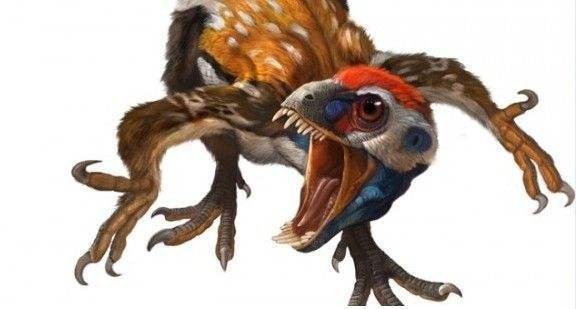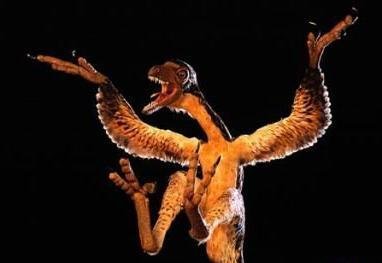The first dinosaur that can secrete venom : China Bird Dragon
For many friends who like dinosaurs, some people like the overbearing Tyrannosaurus Rex, some people like giant herbivorous dinosaurs, and some are interested in pterosaurs that can soar in the sky, precisely because they have many different body types. The dinosaurs with their structural and attribute characteristics only made the prehistoric century so charming.
However, besides the common dinosaurs, the fossils of dinosaurs have been continuously discovered. Perhaps a new dinosaur fossil is discovered, which can further widen our cognitive boundary. Now the dinosaur world is very colorful, but Geologists and biologists never mind to continue to make the entire dinosaur world more beautiful.

This time, I introduced a kind of dinosaur named after China. As a small dinosaur from the age of dinosaurs, the Chinese bird dragon was discovered in China and was named after the Chinese name. However, it is the most famous. The amazing place was not the birthplace. It was full of feathers. What surprised the researchers was that they found that the way the Chinese bird dragon attacked was similar to that of a viper, that is, it could secrete venom.
It is well-known that dinosaurs like giants like Tyrannosaurus rex are actually very simple and ruthless in their predation methods, and that similar attack methods such as the Chinese bird dragon are relatively rare.
Tracing the source, as early as the last century, paleontologists discovered a fossil of a very complete small dinosaur in western Liaoning. Later this dinosaur was known as the Chinese bird dragon. It was the fifth feathered dinosaur and among the various feathered dinosaurs, it was the closest one to the birds.

About a decade later, scientists from the United States furthered a brand new understanding of the Chinese bird dragon. It was the world’s first dinosaur that could secrete venom, especially today’s viper, which can inject venom into prey using fangs. The body thus effectively paralyzed each other. It should be noted that if the Chinese bird dragon, which is not dominant in its body shape, wants to rely on the strength and speed of the body to suppress the prey, it is actually not realistic in many cases, but it has venom, a sharp weapon that can be at a crucial moment. When it comes in handy, as long as it can paralyze prey, it can easily enjoy prey.
The reason for making this inference was that a pocket-like structure was found in the upper jaw of the Chinese bird dragon, probably a venomous gland. In the simulation attack mode, once the prey is attacked, the venom inside the poison gland will follow the fangs and flow into the bitten part, allowing the prey to enter a state of severeness to shock. Further studies have found that if a comparison is made with modern species, the fangs of this dinosaur are very similar to those of African tree snakes. In the classification of fangs, it is divided into the front fangs and the rear fangs. If the venom is not sprayed through the front teeth, then the venom will be used to slowly penetrate the venom into the prey.

Although it is called a bird dragon, the Chinese bird dragon can't fly, but its structure will produce some changes to adapt to the flight. It can be said that it is prepared for the subsequent evolution and development. For example, its skeletal system can be equipped with tapping. The requirement of flying can be said to be a preview mode.
This discovery was an unprecedented breakthrough because it provided strong evidence that theropods evolved toward birds and that the magical eastern continent was once again shocked.